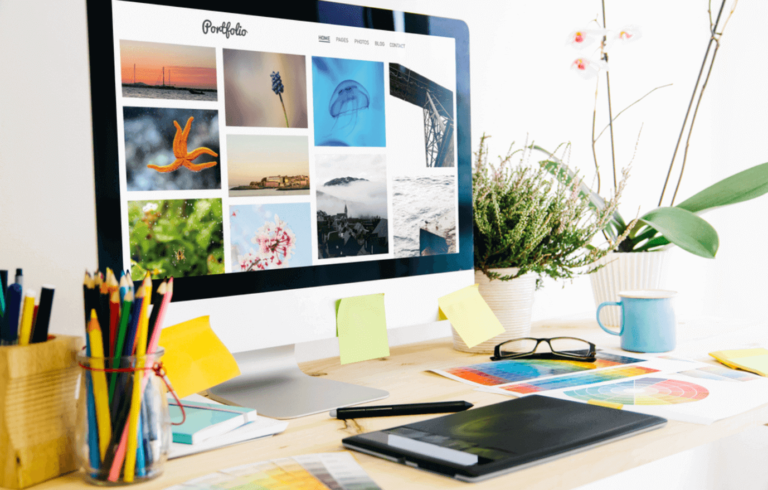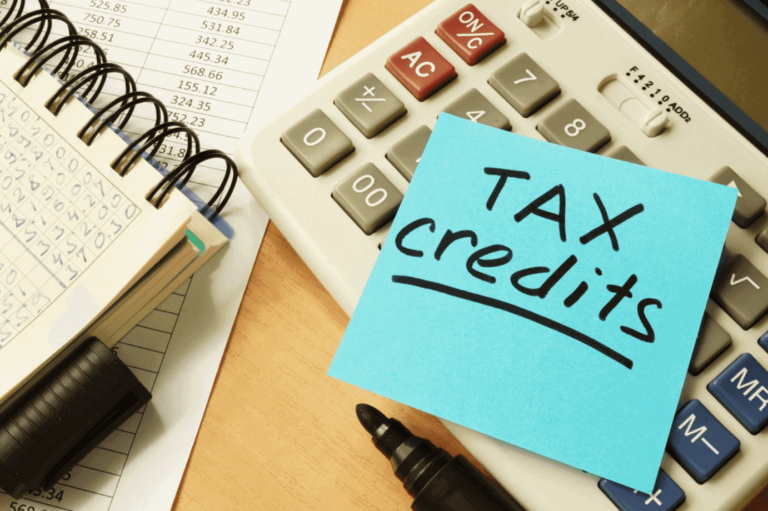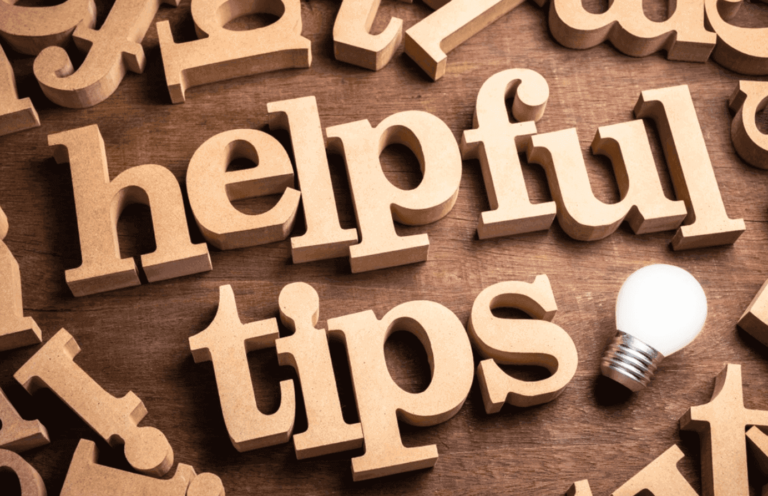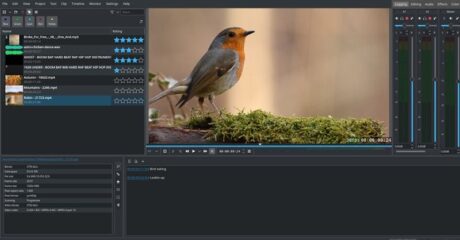

If you are thinking of taking your first steps towards becoming a freelance graphic designer, how to become one is probably the first question on your mind. The career of a freelance graphic designer can be incredibly exciting and fulfilling after all. And an even more exciting news is that the rewards and benefits can be very lucrative too!
So keep reading with us to get a step-by-step guideline on how to become a Freelance graphic designer in 2024.
Table of Contents
What does it Take to Become a Freelance Graphic Designer?
The first thing you must realise is that graphic designing is not about creating stunning images. Although it certainly helps in some cases. In essence, an expert graphic designer will rely on three combinations:
It is important to fulfil the client’s satisfaction. And in order to do that, it’s essential to understand what your client wants and what the finished product might look like.
As a freelance graphic designer, clients might ask you to compose, create, and manipulate various materials into end products. And all with the same end goal: communicating an idea to a target audience.
If you’re just starting as a freelance graphic designer or setting up your creative agency, then you’ve probably got a few questions. In that case, try reading our step-by-step guide to get a clear understanding of this.
This article will focus on:
Let’s dive in!
10 Clear Steps: How to Become a Freelance Graphic Designer in the UK?
Let us now discuss that million-dollar question- ‘how to become a freelance graphic designer in the UK?.’
The steps are:
Studying Graphic Design
To be a professional graphic designer, you can take one step forward by choosing to study for a graphic design degree qualification. And the good news is, there are diverse routes into graphic design. So you could decide to go to college, university, or even work as an assistant before going self-employed. Each of these paths demands good GCSEs. And A levels is needed in the case of college and university. We will discuss more about qualifications later in this article.

Our advice here is the same as we would give for any other profession – do meticulous research! Look into colleges, search the course schemes, read online, ask around. Because finding the right course for you can make a world of difference. Remember, graphic designing has a huge variety of courses. And different methods have different graphic specialities. Therefore, be extra sure that you know what you are getting into.
Pick Your Suitable Speciality
Specialising is particularly useful in a densely versatile industry like graphic design. So standing out by means of distinct abilities, and having unique expertise to offer, will help you attract work. It will ultimately enable you to shine in the projects you take on.

You might have already found your specialisation during the knowledge or experience you have gained. But in case you haven’t, think about an aspect of design that you have particularly enjoyed. Here are some niches you could focus on:
Visual Identity
Think about branding, including imagery and logos, typography and colour palettes.
Packaging
Product packaging can be appealing, even for simple products like bars of soap or juice cartons. Businesses need talented designers to create their designs. And your contributions can have a direct impact on their sales.
Content Marketing
Traditional marketing space is full of various projects. The digital, on the other hand, has tons of others, such as social media assets, email marketing templates, etc. So specialising in creating content for any digital channel can be your forte too.
These are just some projects graphic designers might choose to work on. So we recommend having a look at what’s out there and choose your interest. But remember, whatever your specialisation might be, be sure to stand out from the crowd.
Learn the Right Business Skills
By now, you may have experienced some practical elements of design. But guess what, running a business calls on different skills.

Have a look at the following points to be careful about:
Client Acquisition
You will need excellent communication skills to network with potential clients and get gigs. Because building great relationships will immensely help you find projects. It also enables you to grasp your client’s needs to the point. Satisfied clients are more likely to recommend you to other potential clients.
Pricing Your Work Appropriately
This part is the tricky one for freelancers to get right. Although there is no definitive answer to that matter, stay ahead with relevant market knowledge. Because going too low can risk reducing your credibility, even when you are just starting out. Also, a huge part of the cost will vary depending on the project’s specifications and on the design requirements.
Building a Potent Team
Having the skills to find great talent is a must, especially when starting an agency. Because the truth is, everyone has limits to their abilities, even if you are an expert in your speciality. So what do you think is the best way to complement your existing abilities? People with new perspectives and diverse mindsets are the obvious answers. Ultimately, they are the ones who will help your business grow.
Building a Great Culture
You can develop a magnificent culture around your business. Even if you are freelancing on your own, think about the things you want to be known for. Clients indeed value honesty, consistency, and clarity. So your business can build its identity around such values as it grows.
Getting Help
Do not hesitate to lean on support from your mentors. And make sure that you get help and directions from professionals who are already thriving in the freelance graphic designer market.
Pro Tip
Before you go self-employed, find internships, work experience, or a subordinate design position. It will let you build your skills and a list of contacts.
Finally, Get on With your Business
Many freelance graphic designers work individually. But lots of them want to start their design agencies too.

Despite the direction you choose, you need to set goals and have a plan for how you are going to reach there.
Write a business plan
It will enable you to bump up to some hidden questions and help you find out those answers before you set out.
Choose a business structure
Find out whether you will set up as a sole trader or joint.
Name Your Business
Once you have got a few client’s leads brewing, you can start thinking about the other steps to becoming a freelance graphic designer.

Setting up your brand and name is the gateway to your entrepreneurial journey. And this is particularly important to tackle early on. Because word of mouth is significant for most freelance graphic designers.
Many freelancers question whether they should use their name or find a business name. In this case, the simple solution is to use your name as the company name if you want to be known as a solopreneur. But you might also want to grow your freelance business larger than your personal identity. And in that case, if you’re going to grow your business past yourself, it is better to consider a name for your design business.
Find Freelance Graphic Design Jobs
Becoming a freelance designer is not just about getting clients and doing the creative work. As a freelance graphic designer, you’ll also need to learn how to run your design business by finding continuous work. And here comes the good news. There are actually many portal sites where you can find quality jobs and build your portfolio.

Check the sites listed below. Surely, you can find excellent freelance graphic designer jobs from these sites:
Freelancing Platforms
Pro Tip
Places like Fiverr will offer you some low-pay fast wins (although not a great long-term strategy), whereas Upwork will add in a bit more stability.
Tap Into Your Social Network
Unless you have no previous work experience nor have been a student for a few years, you presumably have an adequate personal network. That is something you can use to help you become a freelance graphic designer.

Along with advertising yourself on social media, get in touch with relatives, friends, or neighbours you have. They might know someone who requires a freelance graphic designer.
Connect with them, send them a customised and personalised outreach email. Or ask to start putting opinions out there. The outcomes can take your breath away with surprise!
Alternatively, you can seek out some graphic design work experience. You must know your chosen subject inside out. The more energy and focus you will put, the more opportunities you will attract. Why not approach directly to your admired graphic design companies or agencies?
Create a Portfolio
You wouldn’t believe how many freelance graphic designers tell us daily that they are not ready to start marketing their business because they are yet to create a portfolio. And the saddest part is, they don’t even realise how many opportunities they have lost and still losing because of this.

To avoid losing opportunities and becoming designers who get clients, here’s a pro-tip.
Pro Tip
How serious are you about building a career in freelance graphic designing? If you think that you are pretty serious, then you must create a portfolio. Even just one page will do. Build up a portfolio that highlights only your best work. A portfolio that will inspire visitors to hire you. Remember, many clients will look for your work experience, so add up that too in your portfolio. Or you can build your website (if you’re able to) to host all your work.
Build your Client Network and Utilise It
We’ve already encouraged you to tap into your personal network to find clients. Now it is time to utilise your network. However, you will discover that you need to grow that network to continue finding new work.

A crucial part of becoming a freelance graphic designer entails learning the process of working with mass people. Utilising the opportunity to meet new people and providing value to them is also indispensable.
The fact is, on your freelance graphic designer journey, your client network will be the ace up your sleeve. And that network includes your previous clients, potential clients, former clients, acquaintances, former co-workers, and lots more.
Get Referrals and Keep the Standard
Some of the successful freelance graphic designers out there get most of their business through goodwill. Point often overlooked- no fancy ad campaigns or repeated cold outreach work nearly as much. And no pestering local businesses at meet-and-greets even compare.

But as a beginner, getting automatic word-of-mouth promotion can be difficult for you. In other words, you have to start building from scratch.
Don’t hesitate to ask for referrals from your existing clients. Every time you have a positive interaction with a client, ask them to refer you to anyone that might need a good freelance graphic designer.
Every time you hand over a project on time, that moment is ideal for asking if they know some potential client. So ask them politely if they have any acquaintances, friends, co-workers, or colleagues who might want to work with you.
We understand that it is hard! And you don’t have to do it always in this profession. Because after you are done with enough quality working for enough people, the referrals will start flowing in organically. But until then, your business’s growth depends on you.
Get Insurance for Your Business
Considering your designer’s insurance when you’re starting out is a good idea. They certainly save a lot of trouble later on.

There are three types of freelance graphic designer insurance available in the UK.
Professional Indemnity Insurance
This is one of the most important covers for freelancers. It will protect you if you make an error in your work or give faulty advice, which leads your client to a loss.
Public Liability Insurance
This one is a key cover for businesses. It protects you if a public member gets ill, injured, or suffers a loss and charges your business.
Employer's Liability Insurance
It is a legal requirement if you have temporary or part-time staff. It protects you in the time when your employee gets ill or injured and charges your business.
Register for Your Business TAX
Once you are done with your insurance and legal status, you will need to register to pay your taxes. Register as self-employed with HM Revenue & Customs (HMRC) if you are a sole trader.

And if you are a limited company, tell HMRC that you are responsible for Corporation Tax and file a Company Tax Return. You don’t have to register for VAT unless you expect to have an £85,000 turnover a year. Find all the needed information on the HMRC website.
Keep Growing Your Business
Always hunt new clients. Dedicate some hours each week to search for new clients. So, outreach activities should get priority in your work schedule on a regular basis. Some popular examples of outreach activities are SEO optimisation and cold emails. As a designer, marketing your client’s services and products might yield more outcomes than just marketing yourself.

Like many tips mentioned above, being reliable, consistent, and transparent will help you deliver projects successfully. And never be shy to be expressive about your success stories.
So be sure to maintain your business website from time to time. Update it with your latest projects, and write a blog to show your expertise.
Tips for Freelance Graphic Designers
Here is a compilation of the most useful things that you can do for thriving as a freelance graphic designer.

1. Focus on Consistency of Cash Flow
Your primary focus during your first year shouldn’t be how much money you earn overall. Instead, focus if you have cash flowing in consistently to pay your bills and stay afloat financially. In this case, the more strategic planning you will do, the better.
2. Make the Right Connections
Building connections should be your central focus to secure a steady supply of work in your first year. So don’t just wait idly while hoping that opportunities will show up by themselves. Throw yourself out there, both physically (as much as the pandemic allows) and digitally.
3. Do not Undersell Yourself
It can be initially tempting to drop your rates at your struggling point to inspire clients to hire you. But copywriter Elizabeth Wilson says that can be counterproductive. She says: ‘Top clients do not demand low fees for the services of real experts.’ “So don’t price your work too modestly or reasonably for the value you provide. If you can provide real value, price won’t be the central component.”
4. Have some of Your Previous Work on Display
It is better to show off some of your best work (if you have some) as a reference. Because that is how clients will trust you more and will feel confident about your work.
5. Be Confident
The best possible way to approach freelancing is confidence. Therefore, be confident in who you are, the skills you have, and the quality you bring to the table. Reach out to trusted contacts for advice, support, and referrals.
6. Stand out as a Freelance Graphic Designer
When it is about putting yourself forward for a freelance graphic designer job, be aware of huge competition. Graphic design is a competitive industry. However, it is worth trying to make yourself stand out from the crowd. Make sure you have a current portfolio put together.
7. Use Tools to Run your Business Smoothly
As you become more established, you’ll quickly realise how valuable your time is. And that will help you stay productive and focused. So, invest in effective and time managing tools in order to increase productivity.
Conclusion
That’s all we’ve got for you today! But rest assured, this was our selective list of proven advice on becoming a freelance graphic designer.
Remember, it won’t happen overnight. And neither will it be easier than staying at your day job. But hopefully, today’s article will prove to be helpful on your creative and entrepreneurial journey.
Keep being passionate, driven, and an entrepreneurial spirit – and success will be yours!
- All Courses
- IT & Software99
- Microsoft Office64
- Nonprofit & Charity55
- Health & Safety91
- Life Style73
- DIY43
- On Demand Courses42
- Quality Licence Scheme Endorsed113
- Health and Fitness77
- Health and Care162
- Admin42
- Digital Marketing48
- Psychology & Counselling84
- Teaching and Education99
- Design75
- Management129
- Beauty42
- Accounting58
- Employability200
- Human Resource47
- Personal Development131
- Marketing59
- Business153
- Photography38
- Language26













